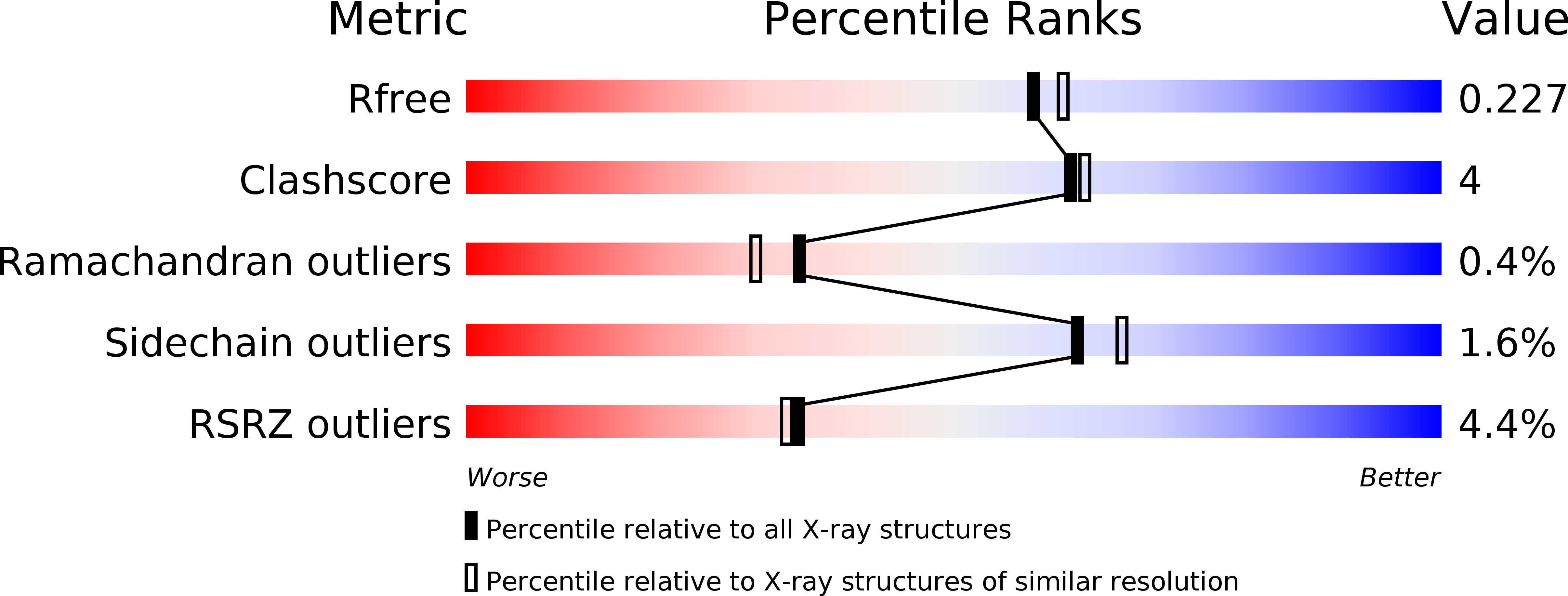
Deposition Date
2002-09-11
Release Date
2002-09-27
Last Version Date
2024-05-08
Entry Detail
PDB ID:
1H3N
Keywords:
Title:
Leucyl-tRNA synthetase from Thermus thermophilus complexed with a sulphamoyl analogue of leucyl-adenylate
Biological Source:
Source Organism:
THERMUS THERMOPHILUS (Taxon ID: 274)
Host Organism:
Method Details:
Experimental Method:
Resolution:
2.00 Å
R-Value Free:
0.23
R-Value Work:
0.20
R-Value Observed:
0.20
Space Group:
C 2 2 21


